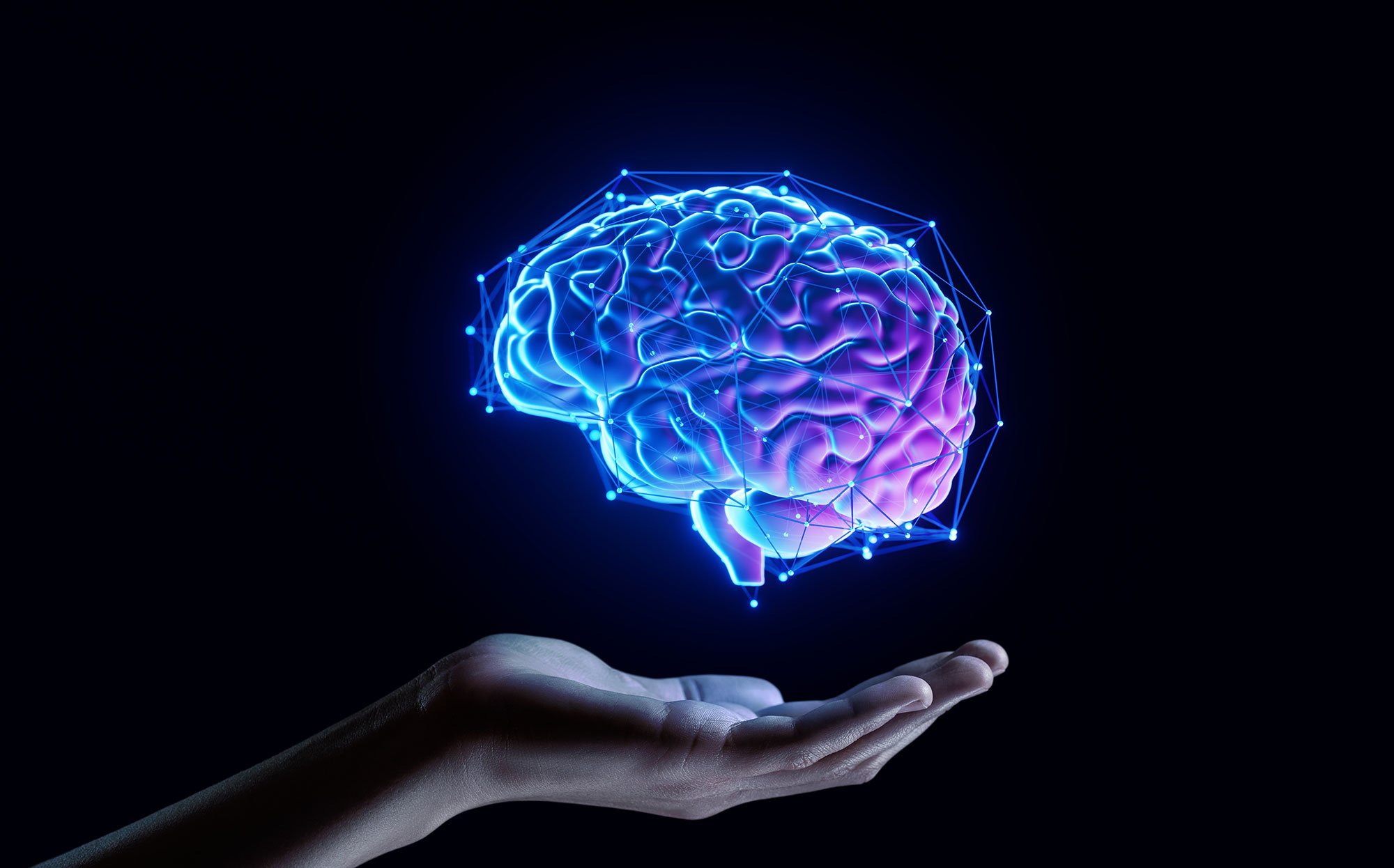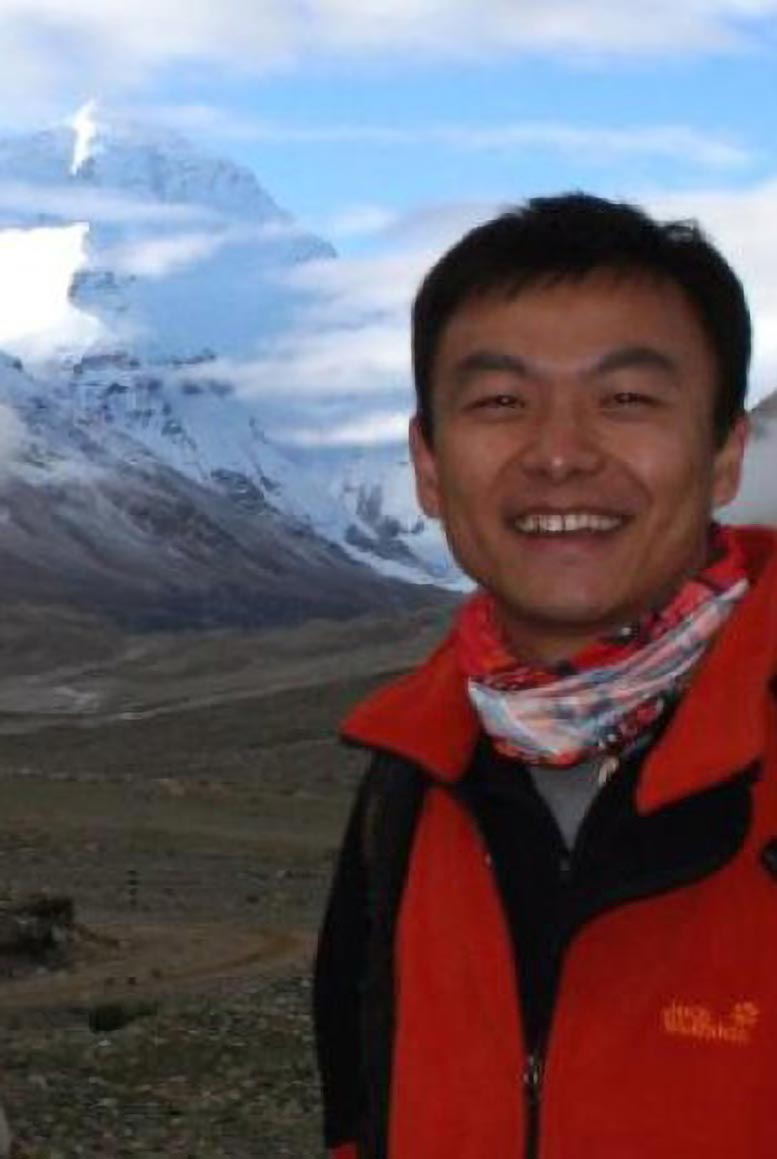Stanford Scientists Rethink How We Learn To Move in the World

Knight Initiative researchers are investigating the detailed processes behind how the brain learns to control movement. Their discoveries may eventually lead to improved therapies for Parkinson’s disease.
Every motor skill you acquire, from simple actions like walking to precise tasks such as watchmaking, depends on small groups of neurons in the brain. These groups, often referred to as “muscle memories,” are activated whenever we cook, shower, type, or perform any other voluntary movement.
What has remained unclear, however, is how these neuronal groups form in the first place. Despite decades of research, the origin of these ensembles has not been fully explained.
A research team led by Jun Ding, an affiliate of the Wu Tsai Neurosciences Institute, is now working to address this gap. With support from a Knight Initiative for Brain Resilience Catalyst Award, Ding’s group has made progress in uncovering how the brain organizes the neural circuits that give rise to motor memories.
Their most recent findings show that these networks undergo significant reorganization during skill learning. At first, the neurons and their connections fire in a largely uncoordinated way, but as the movement is practiced, the activity gradually consolidates into a smaller, stable, and more efficient pattern.
The results, detailed in two studies published in Cell Reports and Nature, also shed light on Parkinson’s disease. While the prevailing view holds that Parkinson’s primarily interferes with the activation of established motor memories, Ding’s work, together with prior evidence, points to a different explanation: the disease may disrupt the stability of those memories themselves.
That could also affect how doctors treat Parkinson’s. “Often we try to reactivate motor memories with a drug like L-Dopa, but if the memory actually is disrupted, that won’t work,” said Ding, an associate professor of neurosurgery and of neurology and neurological sciences at Stanford Medicine. “So we actually need to think about what’s the most efficient way to reactivate the system and regain the ability to learn.”
Learning new skills in the lab
In a set of experiments published in Cell Reports, the lab focused on neurons in the striatum, a part of the brain that helps coordinate movements and learn new ones.
The striatum is where so-called muscle memories reside, with networks of neurons encoding specific movements.
To investigate how these networks take shape during skill learning, postdoctoral researcher Omar Jáidar, graduate student Eddy Albarran, and colleagues placed mice on a spinning wheel. Over the course of a week, during short daily sessions, the researchers observed the animals as they gradually learned to run in this new and somewhat unstable setting. Throughout the process, they monitored neural activity in the striatum using two-photon fluorescence imaging.

At the start, when the mice first attempted the task, activity in the striatum appeared disorganized: roughly three-quarters of the visible neurons fired in a seemingly random pattern. As the mice became steadier and more proficient, however, the neural activity shifted, consolidating into a smaller and more stable network. In this process, a muscle memory was established.
Rewiring in the motor cortex
In another experiment published on July 30 in Nature, Ding’s postdoctoral fellow Mengjun Sheng and colleagues showed that something similar happens to the synaptic links connecting neurons in the primary motor cortex to the striatum.
Researchers presume that the primary motor cortex, which is responsible for planning movements, plays a key role in building and refining the muscle memories in the striatum as a movement becomes more practiced. But again, how this happens has been unclear.
To investigate how learning a new skill changes the wiring between cortex and striatum, Sheng and colleagues followed mice as they learned to press a lever to get a sip of water. Using two-photon imaging, they tracked thousands of synapses linking specific neurons in the primary motor cortex to the striatum.
“What we found challenges the conventional view,” Ding said.
Researchers had long thought that when a neuron fired, each of its synapses would transmit the same signal to other neurons.
That was not the case. When mice were first learning the lever-pressing task, synapses sent mixed signals: When a motor cortex neuron fired, some of its synapses in the striatum passed the signal along, some didn’t, and the pattern would change from one lever press to the next.
But as with the ensembles encoding movements, the set of synapses connecting each motor cortex neuron to the striatum started out large and uncoordinated, but grew smaller, more efficient, and more coordinated over time.
Ding and colleagues say their data reveal in new detail how the brain reorganizes itself—even at the level of axons—to more efficiently encode and drive movements. As mice figure out how to press a level or run on a wheel, their brains are refining top to bottom the circuits that make those movements possible.
New ways to look at Parkinson’s disease
The study adds to our understanding of how skills like driving, gardening, or playing an instrument tend to become more efficient and reliable with time—but it may also help inform a debate about how Parkinson’s disease works.
According to one standard viewpoint, Parkinson’s disease works by interfering with the brain’s ability to activate motor memories, while the memories themselves remain intact.
Ding’s research, on the other hand, suggests something else is going on. In a previous study, he and colleagues found that when mice were given a drug that simulated the effects of Parkinson’s, the mice lost many of their striatal synapses. At the same time, they also grew new synapses, Ding said.
Those findings hint that Parkinson’s doesn’t simply eat away at our ability to activate motor memories. Instead, it might destabilize established muscle memory patterns, sending them back into the more uncoordinated state seen prior to motor learning.
Next steps in research
“We don’t have the direct evidence yet” to say whether that’s exactly what happens in Parkinson’s, Ding said. For that, he and his lab will need to teach mice new skills, then see if Parkinson’s-simulating drugs break the synapses underlying those muscle memories.
But if Ding’s ideas are correct, treatments that stabilize synapses could stave off motor memory loss.. At the same time, doctors might be able to use L-Dopa—which transforms into dopamine, a “teaching molecule” that helps the brain learn—specifically during physical therapy, to help patients recover some of what they’ve lost.
“These aren’t precise predictions, but my thoughts are along those lines,” Ding said. “The next step is to look at mouse models of Parkinson’s and see what we can learn.”
References:
“Refinement of efficient encodings of movement in the dorsolateral striatum throughout learning” by Omar Jáidar, Eddy Albarran, Eli Nathan Albarran, Yu-Wei Wu and Jun B. Ding, 5 September 2025, Cell Reports.
DOI: 10.1016/j.celrep.2025.116229
“Remodelling of corticostriatal axonal boutons during motor learning” by Mengjun Sheng, Di Lu, Richard H. Roth, Fuu-Jiun Hwang, Kaiwen Sheng and Jun B. Ding, 30 July 2025, Nature.
DOI: 10.1038/s41586-025-09336-w
Never miss a breakthrough: Join the SciTechDaily newsletter.
Source link

